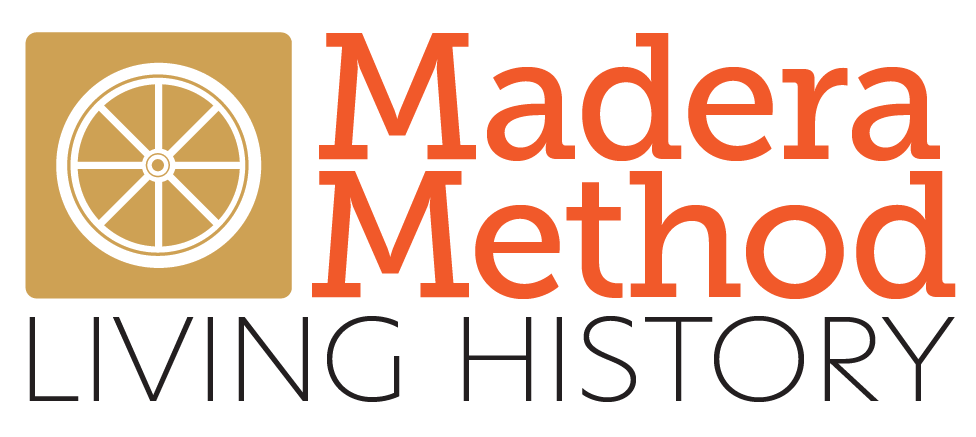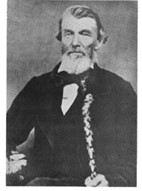“John Willson Laird: His Life and Legacy,” was written in the 1993-94 school year by students at Salida Middle School, Bill Coate’s sixth-grade class (Salida, California).
“Uncle Johnny Laird” was born in 1806, in Lancaster County, Pennsylvania. At the age of 40, he joined the westward migration of easterners traveling to California. Little did he know at the time that he would participate in the gold discovery that brought thousands to California three years later.
Laird and his family left St. Joseph, Missouri, on May 3, 1846, and arrived at Sutter’s Fort five months later on October 10. Upon his arrival in California, Laird left his family at the fort and joined John C. Fremont’s California Battalion.
After the conquest of California and upon his discharge from the army on February 15, 1847, Laird made his way back to Sutter’s Fort where he was reunited with his family. He operated a ferry for a while and then went to work for Captain John Sutter.
In January 1848, Laird accompanied James Marshall, John Pyle, Elijah Wimmer, and George Cross to build a sawmill near Coloma. He helped dig the new millrace which eventually resulted in the discovery of gold on January 24, 1848. News of this find could not be contained, and within a few months, Marshall’s name was indelibly stamped on the pages of history, much to the dismay of John Willson Laird.
For the rest of his life, Laird steadfastly maintained that Marshall’s account of the gold discovery was untrue. According to Laird, it was little Peter Wimmer who really found the first nugget and gave it to Marshall. The Laird account of the discovery of gold was never accepted by historians, but that didn’t stop “Uncle Johnny” from repeating it.




